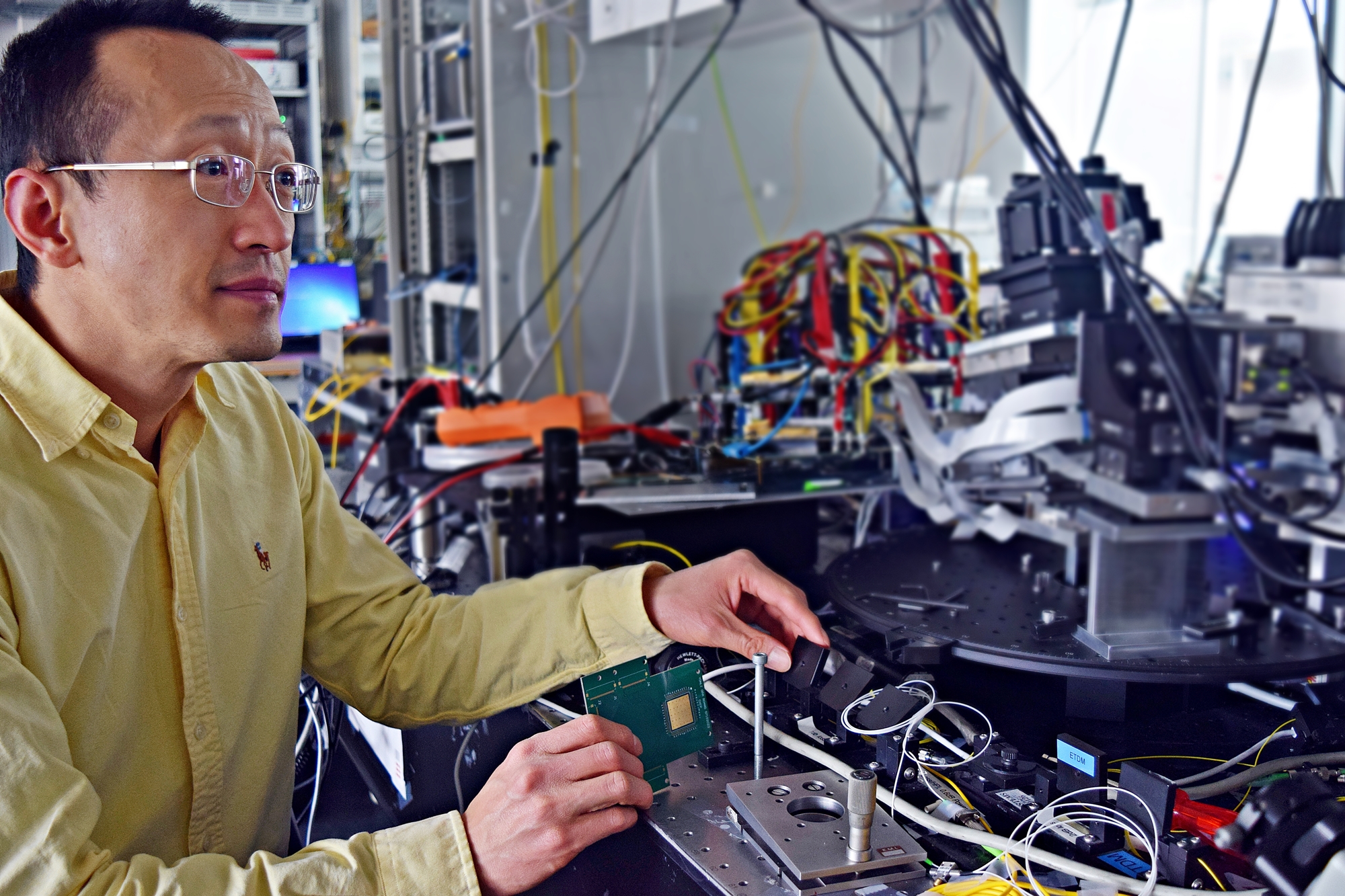Applications
LiDAR technology has immense potential in allowing machines to see and navigate the world with very high precision. Industry experts are predicting an ever-greater enabling role for LiDAR in everything from advanced driving support systems to autonomous driving, autonomous mobility applications, gas sensing, etc.
Goals
NiteLiDAR aims to create a platform solution vouching for the European leadership in next-generation LiDAR technologies. Hu and his team’s vision is to combine both photonic and electronic integration for a LiDAR-on-a-chip system that will integrate all the components onto semiconductor chips, thus reducing the cost of LiDAR.
The project will train 10 Doctoral Candidates in the field of LiDAR and photonic and electronic integration, providing a link between academia and industry. This will address the shortage of highly-skilled interdisciplinary researchers in Europe and make the new technology widely available through spin-out companies.
NiteLiDAR will also contribute to the complete supply-chains of photonic and electronic integration, which is key for European semiconductor autonomy.
MSCA doctoral networks
The objective of Marie Skłodowska-Curie Actions Doctoral Networks is to implement doctoral programmes by partnerships of organisations from different sectors across Europe and beyond to train highly skilled doctoral candidates, stimulate their creativity, enhance their innovation capacities and boost their employability in the long-term.
